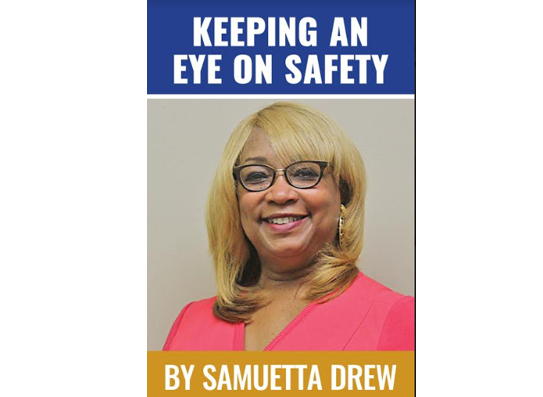Driving in the winter during frigid temperatures can be very harrowing. Being prepared for possible disturbing winter weather can help you have a safer driving experience for you and your family.
Knowing your car’s capabilities is a great starting point. My Car Does What? is a national campaign to help educate drivers about the safety features built into vehicles. Search for your car and find out what safety features are already built in your vehicle.
Secondly, most new cars have traction control as a standard feature. This function helps your vehicle gain traction on snowy, icy or wet surfaces, particularly when accelerating from a stopped or slowed position, or when trying to make it up a slippery hill.
Next, the anti-lock braking system (ABS) helps you steer in emergencies by restoring traction to your tires and is standard on most new vehicles. ABS may vibrate or pulse when engaged. This is normal. Continue to press and help pressure to the brake pedal.
It is also equally important that you clean your car’s external camera lenses and side mirrors. Also remove dirt, ice and snow from sensors to allow the assistive-driving features, like automatic emergency breaking, to work. Remove snow and ice from your car’s windows, roof and lights.
To avoid a crash, increase your following distance from 3-4 seconds to 5-6 seconds. It takes longer to slow down and stop on icy roads. Leave more space between your vehicle and the car in front of you. This will give you more time to react if you need to stop suddenly. Other safety tips by AAA are:
- Avoid using cruise control in wintry conditions
- Steer in the direction of a skid, so when your wheels regain traction, you do not have to overcorrect to stay in your lane
- Accelerate and decelerate slowly
- If possible, do not stop when you are going uphill
Note, if visibility is severely limited due to a whiteout, pull off the road to a safe place and do not drive until conditions improve. Avoid pulling off onto the shoulder unless it is an absolute emergency. Limited visibility means other vehicles cannot see yours on the shoulder.
By following some of the winter driving safety rules shared with you during this month’s safety series you can Keep an Eye on Safety by allowing you to face almost any frigid weather conditions Mother Nature decides to send your way.




